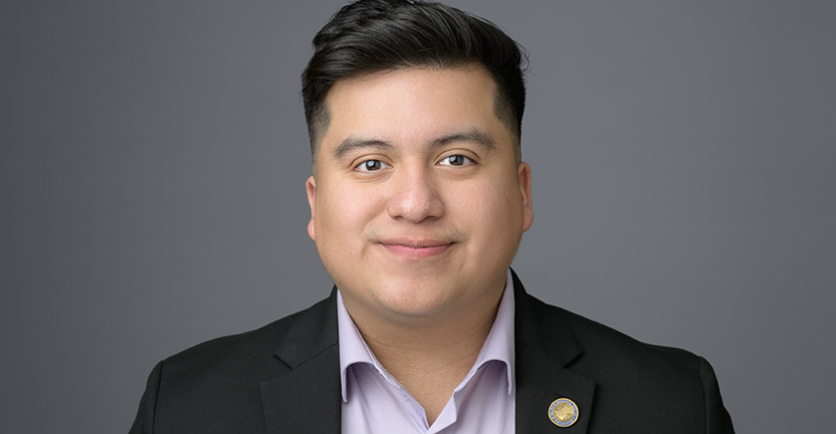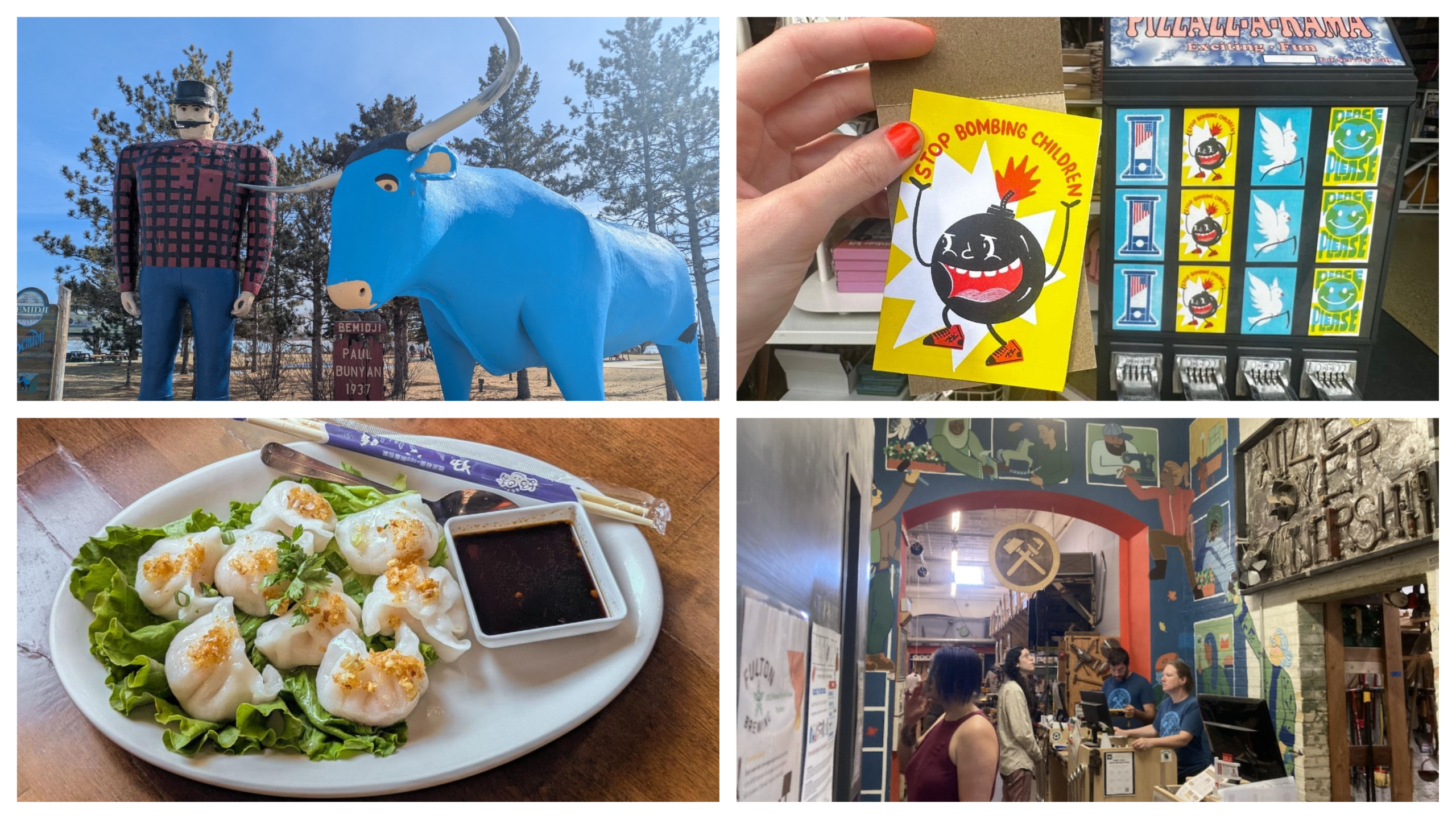Racket collaborated with the Bethel University Arts + Culture Reporting class to produce the stories you'll read this week. Our editors worked with students, mostly juniors and seniors, to develop ideas, source stories, and edit them for the enjoyment of readers. Feel free to seek out these young journalists, photojournalists, and graphic designers to fill your internships and jobs. They like to get paid for their work, and thanks to Racket members and a grant from Bethel, they got cashed out for these pieces. Enjoy!
The date lasted 30 minutes. Jim didn’t look at Alicia, he barely spoke, and he almost didn’t pay for the meal. He didn’t even say goodbye—just got up and left.
And Alicia’s pretty sure that the date cost him $12,000.
According to the research firm SSRS, more than half of U.S. adults ages 18-29 have used online dating sites or apps. When people don’t meet at school, work, or bars, they turn to the internet. But does it work? Is it reliable? Is it safe?
Enter matchmakers.
More specifically, LUMA Luxury Matchmaking, which was founded in 2010 by April Davis, who’s based in Minneapolis. LUMA, the upscale boutique matchmaking firm that paired Jim and Alicia (more on them in a second), bills itself as the trusted agency for “professionals, executives, and high-net-worth individuals.” Its website boasts an 85% success rate, meaning 85% of clients have met someone they want to continue dating long-term (though maybe not marry).
In a world where everything is happening over social media, Davis believes that 20-year-olds should not look online to meet their future partner. LUMA aims to provide just that. Its slogan? “No apps. No algorithms. Just quality introductions.”
“The best way to meet someone for a real relationship is through someone—a matchmaker, but [also] friends or family,” Davis said during a recent interview with Fox & Friends that touched on topics like micromancing, future proofing, freak matching, nanoship, and hopecore. (Don't ask us!)
Obviously, as a 20-year-old young woman attending a private Christian university, I am already in the market for a husband. I decided to take a chance on LUMA and set up a call with matchmaker Suzanne Dante. Maybe I would find my Theo James lookalike, or maybe I would come away with a good story—perhaps one I could publish on this very website. Either way would be a win in my book.
The call lasted 10 minutes, and I hung up the phone feeling defeated, left with no hope of ever finding my dream man.
Suzanne—my corporate Cupid, if you will—had given me two options. “Option A” meant setting up a free profile and waiting for a match. It sounded easy enough, but there was no guarantee I would ever get chosen for a date. It was the Hunger Games of online dating.
Then there was “Option B.” To be honest, I don’t actually know what “Option B” included, because the starting price for that package was $12,000.
My job as editor of our campus newspaper pays me enough to afford one Chick-fil-A sandwich meal a month, and I’m using the rest of my savings to pay off student loans. I don’t mind a couple of bad dates, I can deal.
But I remained curious about the matchmaking process. The online matchmaking industry is projected to reach $879 million by the end of 2025; by 2029, the market is expected to increase to $932 million. Who is shelling out this kind of cash to meet their match? Is it worth it, in the end? And most importantly, what’s it like if you go on a date set up by matchmakers like LUMA?
Enter Alicia Wolbert.
I found Wolbert through a mutual friend. I didn’t think I would ever find someone who actually tried matchmaking, but Wolbert has tried it all: Hinge, Bumble, eHarmony, Coffee Meets Bagel, Christian Mingle. Swipe left, swipe right. Match, unmatch.

“I’ve done pickleball speed dating. I’ve done blind set-ups from friends. I’m always down for the plot, but dating apps are something else,” Wolbert says. But she had never experienced something like her LUMA-arranged date.
Wolbert didn’t have $12,000 to spend finding a partner, but she did have 30 minutes to fill out the free application. A break from the apps sounded nice, and letting someone else do all the work sounded even better. What could it hurt?
In the application, she was asked to describe her dream man to a T. Hair color, height, beliefs, gender, likes, dislikes, income, ethnicity, etc. Then she answered questions about herself—the things she appreciates, her nonnegotiables, her dating history. Essentially the history of her love life.
She submitted the application unsure if anything would ever come out of it—if your info meets the requirements of someone else, the matchmakers will call. It could take 24 hours or five years.
Three months later, Wolbert received a text from a random number. Her dream man had been found, and his name was… well, here we’ll call him “Jim.” On paper, Jim was the perfect man. Financially stable, wanted children, six-foot-two, spoke French, brown eyes, looking for a serious relationship.
Wolbert agreed to the date, though she had her reservations.
“These guys are elite executives who don’t have time for the dating world and they have all this money to pay for a matchmaker,” Wolbert says. “And I’m like, ‘Why are you 38 and single if you are this incredible, successful man?’”
She was emailed a time and place to meet along with a description of Jim, but no number, no picture, nothing else. A few days later, she showed up at Freehouse in Minneapolis’s North Loop and was escorted to a table.
“I go, ‘Hi are you Jim?’ and he just looks up at me and nods,” Wolbert recalls. She tried to compose herself. Be bubbly, be kind, she could do this. But to every question she asked, Jim gave a one-word response, and he never asked her any questions. He ordered everything at once, as if he couldn’t wait to get out of there: drink, appetizer, entree, dessert. She was able to glean that he was still in college, working for his mom; Wolbert is 26. She couldn’t believe what was going on.
“How is this working? He’s meant to be paying 10 grand to be on this website,” she says. Finally, she asked him how he got onto LUMA: “My mom got me on it,” he replied.
There it was. His mom paid matchmakers to find the perfect girl for her son. After less than 30 minutes, the date was over, and Wolbert found herself in the 15% who would not find love through LUMA.
“The guy gets up and I said, ‘Oh, like, thank you so much.’ He just nods, says, ‘Yup,’ and walks away,” she recalls.
She sat in the booth too stunned to speak, replaying the interaction in her head in disbelief. Wolbert was laughing and crying as she called her friends to tell them her horror story. She felt bad for Jim, but ultimately she was disappointed in the matchmaking service.
She knows that the dating world is not what it used to be. The When Harry Met Sally friends-to-lovers trope is purely fiction, and men don’t live up to the standards set by Tom Hanks in Sleepless in Seattle.
“On dating apps, you only see their physical appearance. You don’t know their heart, you don’t know their personality. And that’s what’s wrong with our world is we judge by appearance,” Wolbert says. “I feel like dating apps are truly bad for female mental health, and I’ve had to remove myself from it.”
As for me, I think I’m going to stay clear of the matchmaking world for as long as I can. I’ll stick to my dates at Oliver's and casual hangouts at the mall.
Even if it goes nowhere, at least I didn’t have to buy a boyfriend.
Taylor Hanson is a communications major with a journalism minor at Bethel University in Minnesota. She is editor-in-chief of Bethel's student-run news source, The Clarion.







